We may earn revenue from the products available on this page and participate in affiliate programs. Learn More ›
Owning a home can be very expensive, which is why many savvy homeowners learn to do minor maintenance and repair work themselves. But not all projects are fit for all DIYers.
Some projects may be way beyond the skill level of the average homeowner and are best handled by a professional for safety reasons and building code requirements. There are even repairs and upgrades that can have deadly consequences if they are not done properly, which is why it is important to hire or consult with a professional before even thinking about attempting the work yourself.
Ahead, we count down the around-the-house DIYs and property maintenance tasks you should avoid at all costs.
13. Pest Extermination
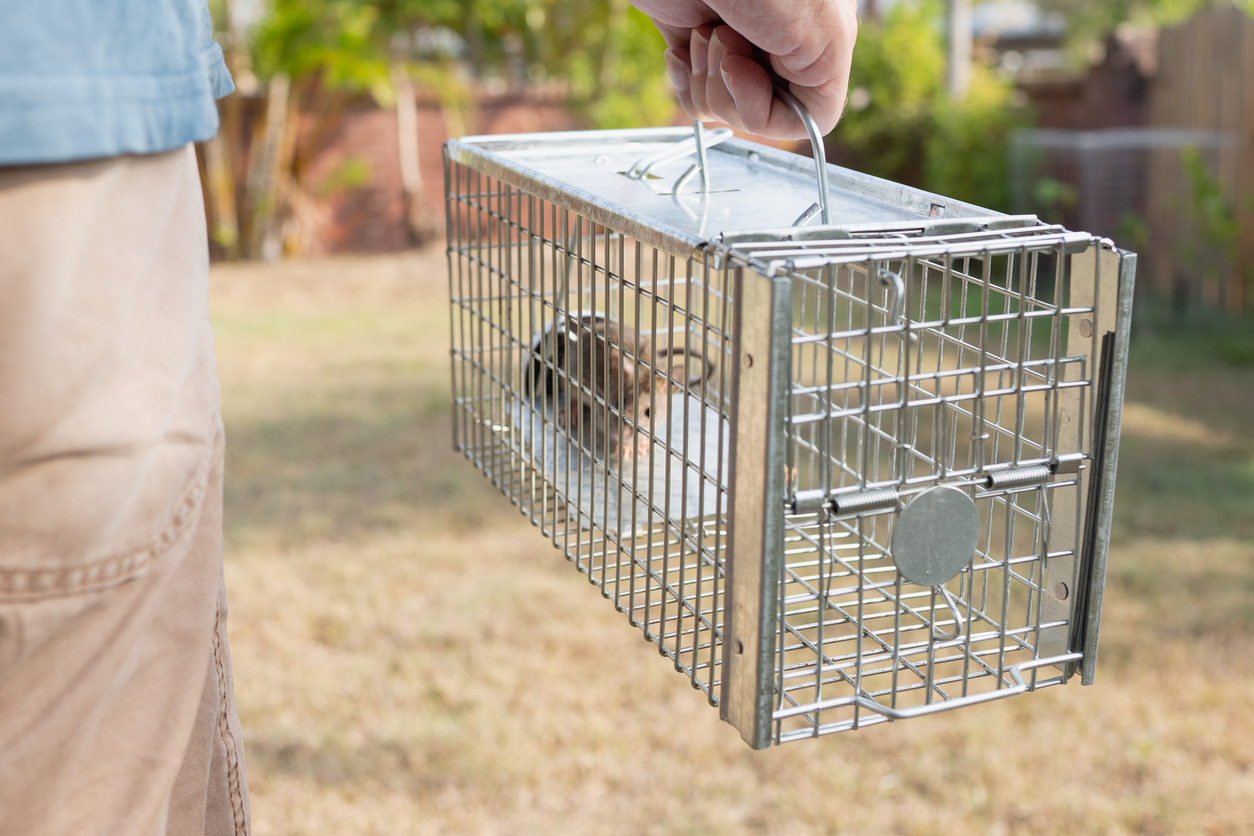
No one wants rats or roaches cozying up inside their home, but it’s incredibly risky to just start spreading poisons, which can kill children and pets as well as pests. There are other dangers to consider, too: Using bug bombs improperly can cause health issues, or even death. A thermal fogger indoors can lead to fires. And, the overuse of pesticides outside can be extremely harmful for the local ecosystem.
Consider, too, the possibility that your resident pests might strike back. You might think you can handle that nest of yellowjackets, but a large nest can house up to 5,000 workers. These are the stinging females, which won’t hesitate to attack if you’re not careful. Even for folks who aren’t allergic, that much venom can cause a body to shut down and require immediate medical attention.
Before attempting pest extermination, consult with a professional exterminator. They can determine how the intruders are getting into your home and help you find the safest way to get rid of them.
12. Automotive Repairs
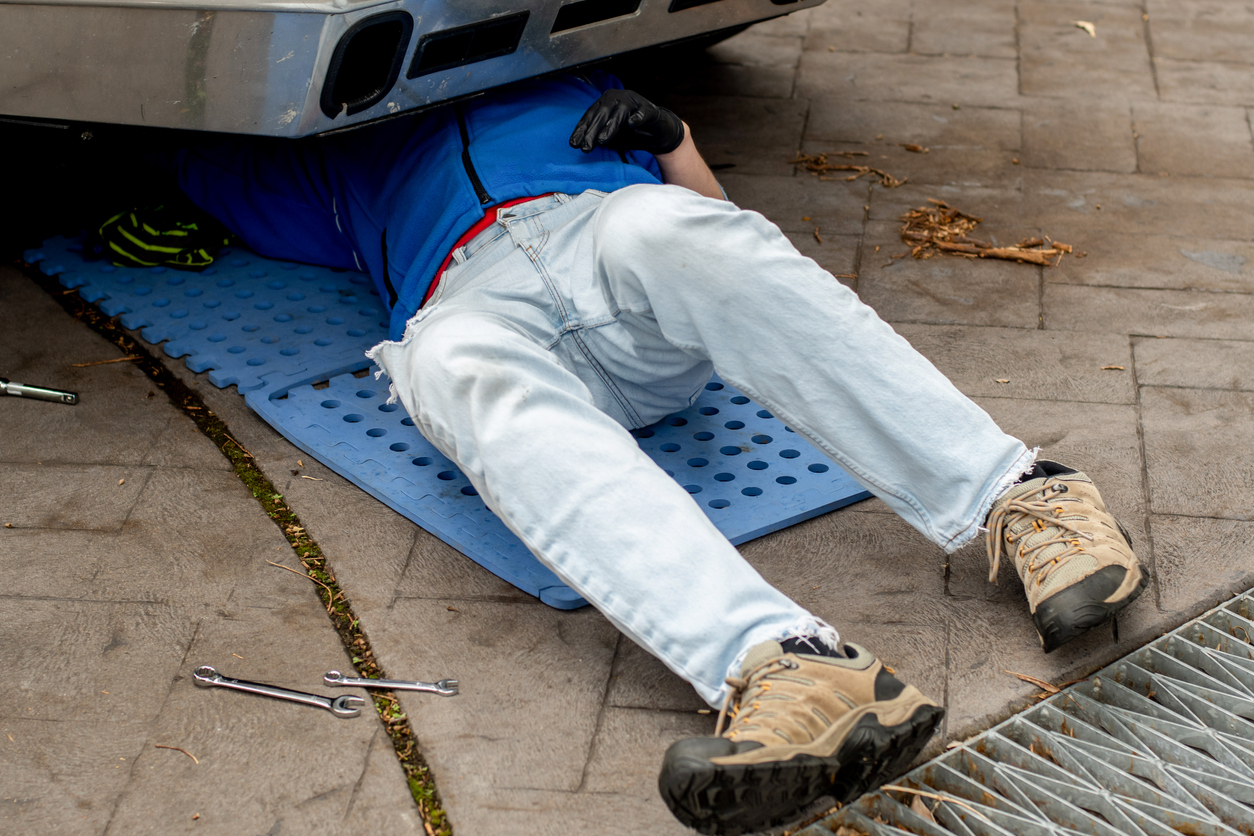
While many folks enjoy tinkering with their vehicles on weekends, car repair can actually be quite dangerous. The fasteners used to hold automotive parts together are often under a lot of torque, requiring heavy-duty tools in tight spaces, creating the possibility for injuries.
It’s the repairs that occur under the vehicle that are the most dangerous: Any repair that requires working underneath a few thousand pounds that’s been lifted off the ground has the potential to go very wrong. Should the jack fail or a jack stand slip, the vehicle can crush the person underneath. A study performed by the NHTSA in the late 1990s estimated that nearly 5,000 people were injured each year due to jack failure.
RELATED: 13 Essential Tools for DIY Auto Maintenance
11. Steam Heat Repairs

Steam boilers used to be quite popular, but they can also be quite dangerous. New steam heat systems are quite rare, so many of the steam systems that are still in use are old. Parts are more likely to fail on an old system, and many homeowners may believe the repair might be within their capabilities. But, steam and hot water that the boiler produces can scald flesh quickly.
It’s also worth noting that boilers need to be shut down properly before a repair specialist works on them. A boiler running without water is essentially a pressure bomb, which could end in tragedy.
10. Septic Clogs
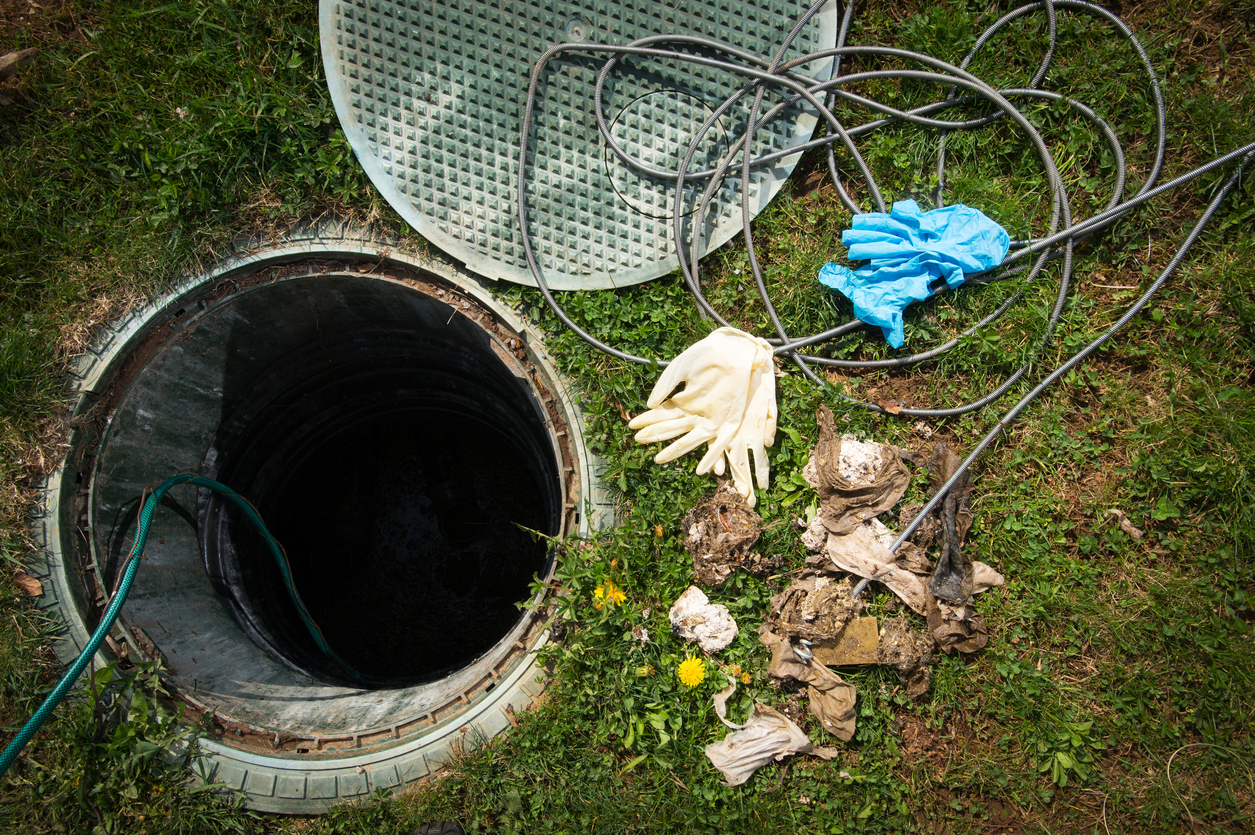
You might think that tank of excrement is just gross, but the truth of the matter is it’s actually quite dangerous. After the waste flows down the pipes and into the septic, it collects in the bottom where bacteria can break it down into a liquid. This process creates waste gasses, one of which is methane.
Methane is highly flammable, but it’s not just the potential fireball you need to avoid. It can also cause a person to lose consciousness within a few seconds, which can then result in asphyxiation. While the concept of removing a septic clog may seem simple, it’s definitely better to call a pro.
RELATED: 8 Questions Home Buyers Have About Septic Systems
9. Projects Involving Ladders
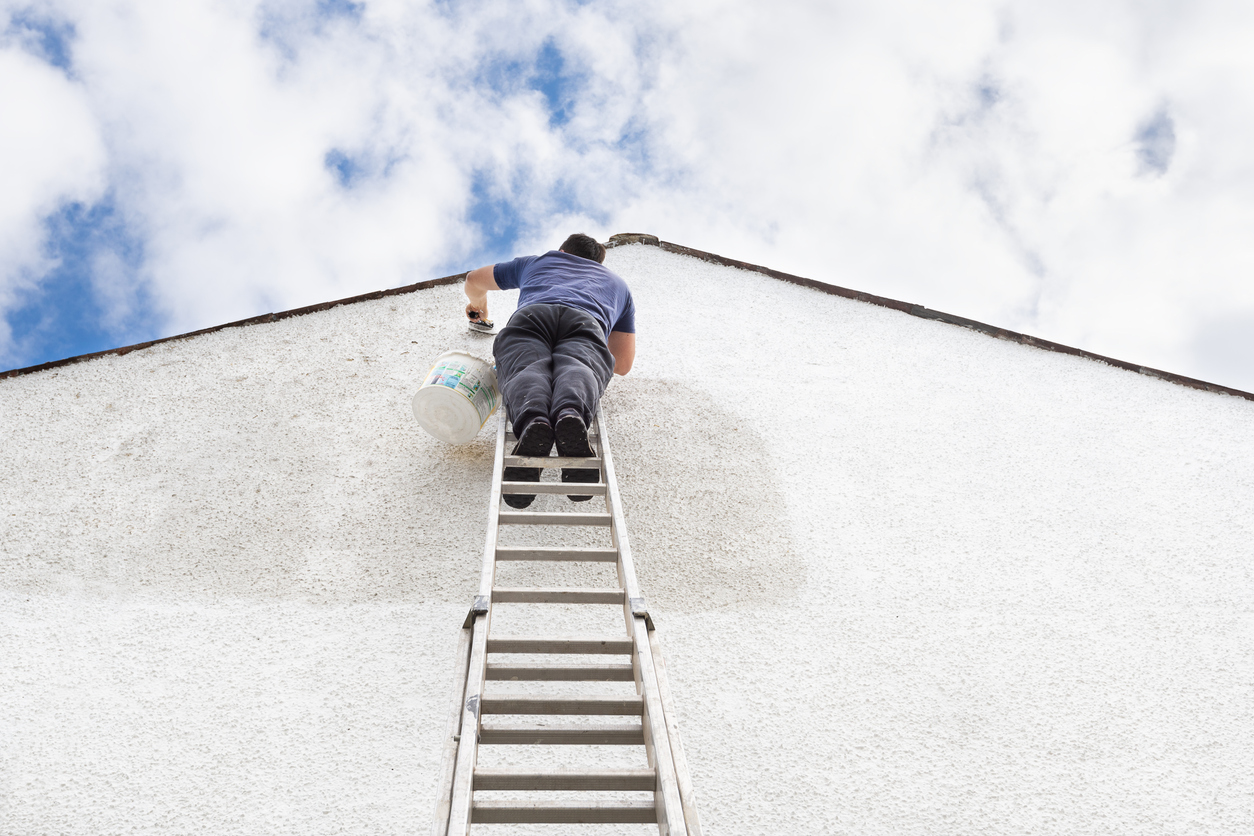
You probably knew that projects involving ladders would make this list. A 2022 study by the Bureau of Labor Statistics showed that more than 22,000 people suffered injuries due to falls from ladders in 2019 and 2020, for a total of about 45,000 injuries. Whether they were injured from slipping and falling, the ladder not being secure, or any number of other causes, ladders can be just plain dangerous.
What kinds of projects do we mean by “ladder projects”? Typical DIY jobs like holiday light installation, gutter cleaning, window cleaning, tree pruning, or even changing a light bulb can be dangerous for new DIY homeowners to take on themselves. Unless experienced with ladder safety and working with a partner nearby, many humans are just better off staying on the ground.
8. Chimney Repairs
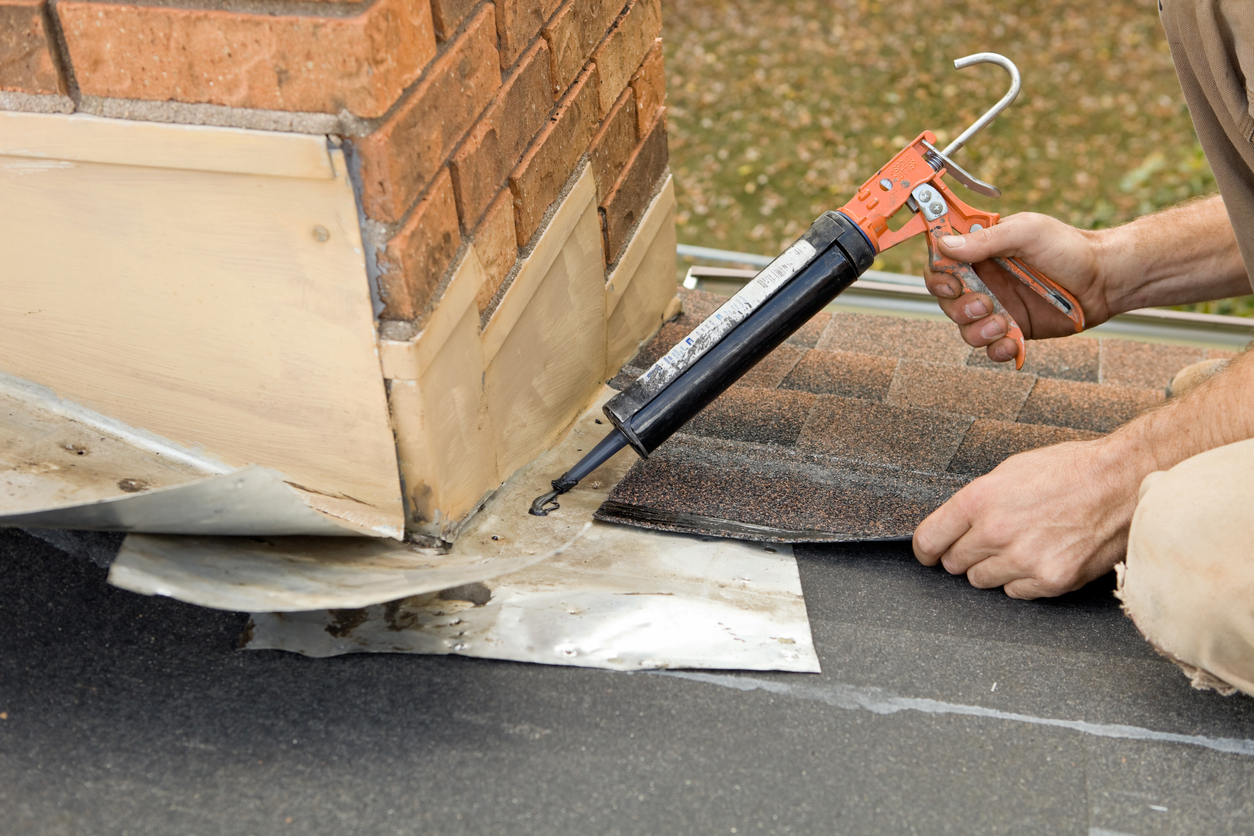
Chimney repairs are rife with danger. First, many of them require climbing onto the roof to repair, caulk, or flash the chimney, which is always a safety concern. Slips and falls from a roof often end in serious injury. DIYers planning to repair their chimney need to use fall protection for these reasons.
Also, a chimney’s function is to take potentially dangerous gasses away from the source (boiler, furnace, water heater, woodstove, fireplace) and vent them outside. A poor repair by an inexperienced DIYer can result in cracks along the way, which can allow gas a pathway back into the home. And, if there is ever a chimney fire, these cracks are the perfect places for flames to escape and ignite the home’s framework.
7. Electrical Wiring
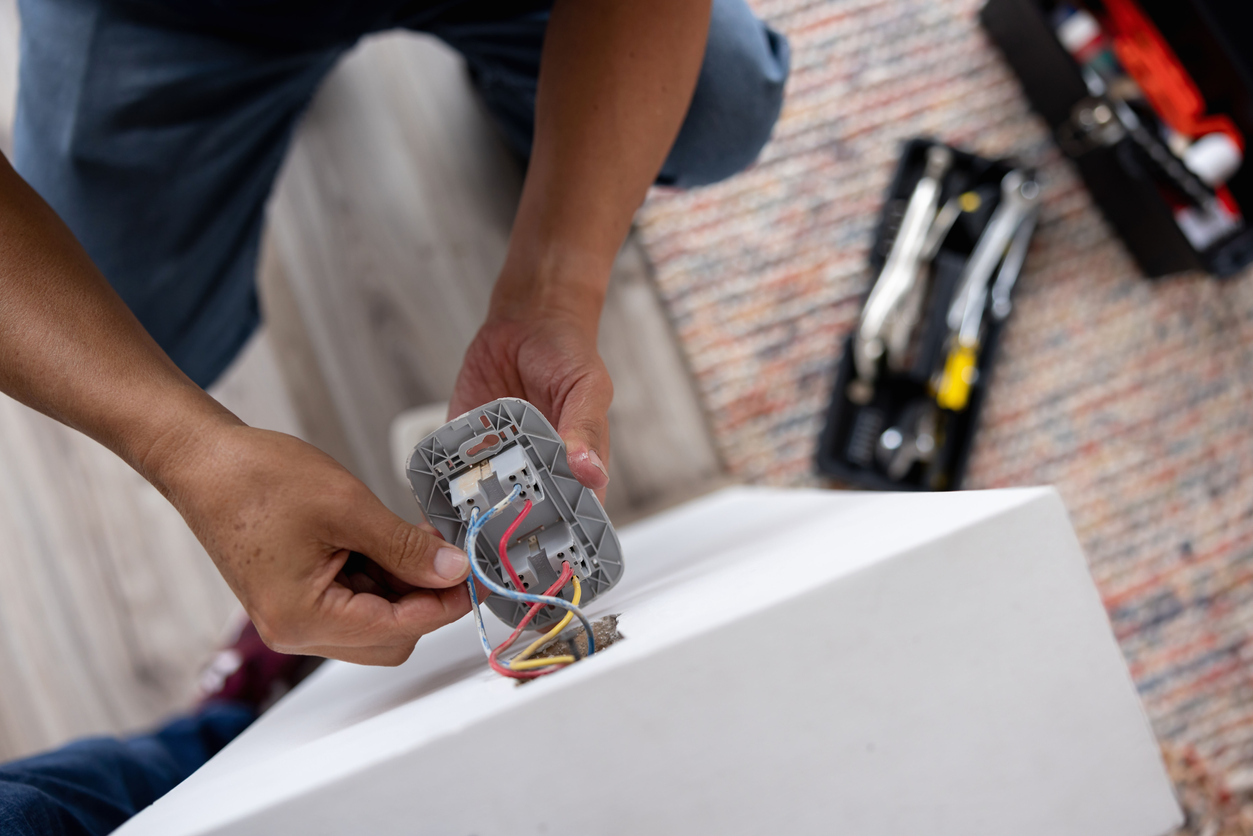
Improperly installed wiring is a leading cause of electrical fires, which kill hundreds of people every year. Plus, there is the possibility of physical danger while doing electrical wiring and panel upgrades.
Even if the breakers are shut off (the main breakers included), there is always power in the electrical box from the feed legs. DIYers can have the utility company pull the meter and shut them down, but they might be better off just calling a professional who has received the correct training.
RELATED: These Electrical Safety Tips Could Save Your Life
6. Excavation and Sitework
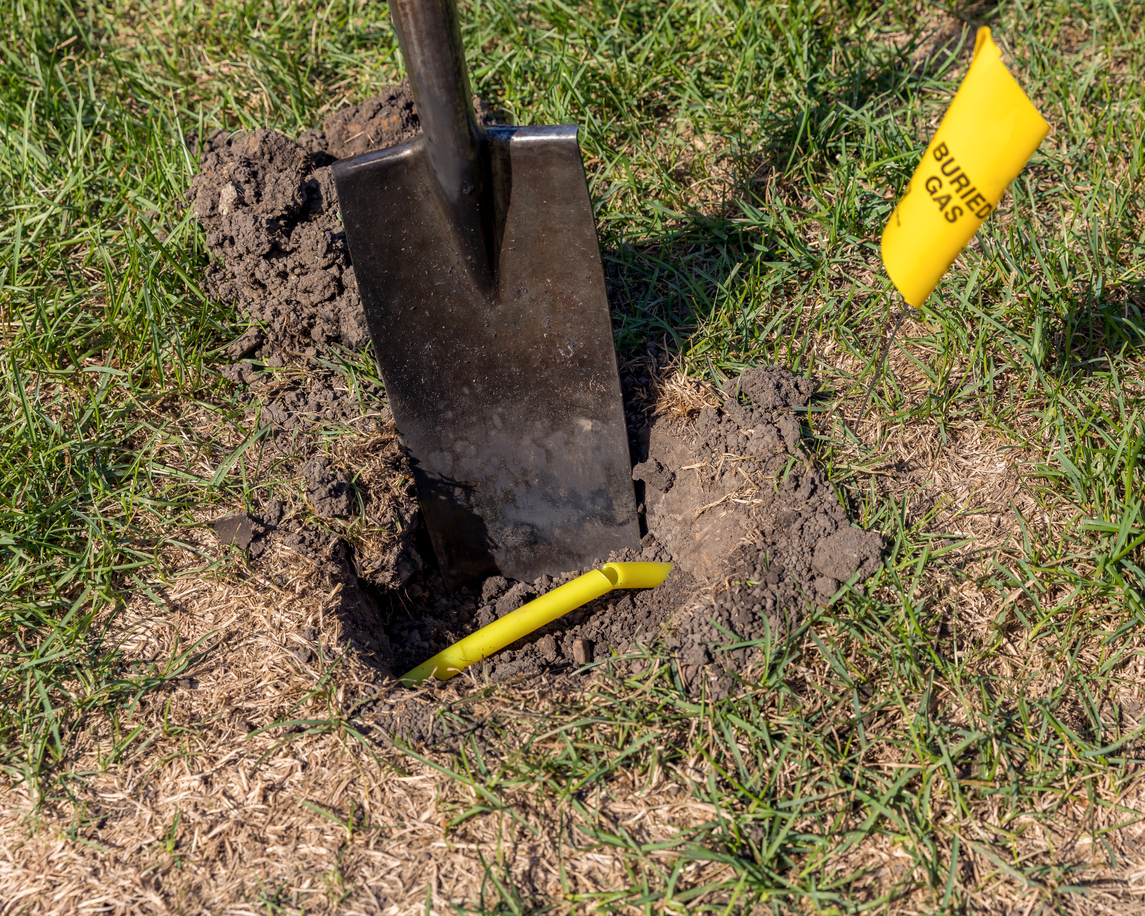
There might not be a more exciting moment during a building project than the moment when the first shovel full of dirt is pulled from the ground. Groundbreaking is momentous, but it can also be dangerous. Utilities like natural gas and electric are often buried underground, and running into one of these with a shovel or excavator’s bucket can mean disaster.
Luckily, there are ways to avoid this, and most experienced excavators know it: Call Dig Safe. Dig Safe will arrive on the project site, survey the project area, and mark any underground utilities that the excavator needs to know about before breaking ground.
5. Roofing Work
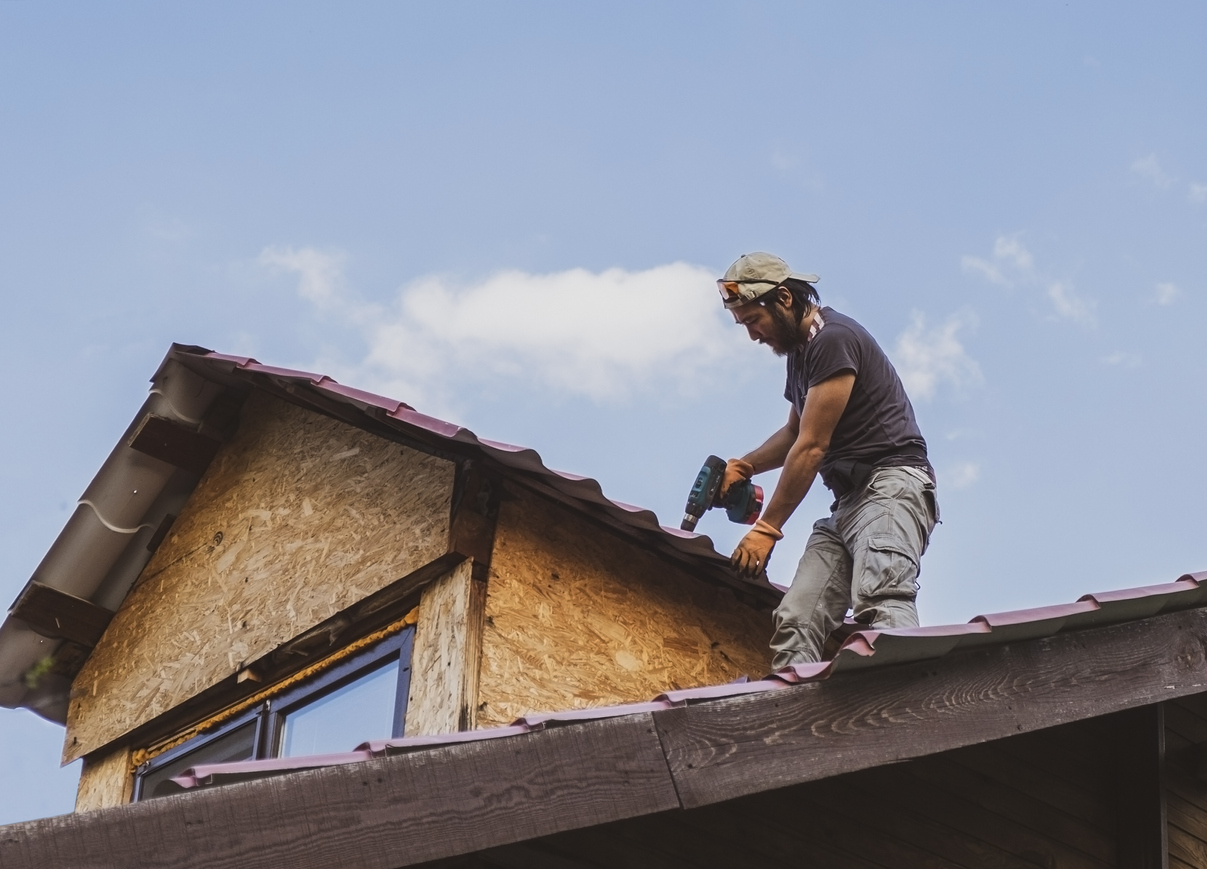
As tempting as it may be to save money on this expensive project, doing your own roof repairs puts you in serious danger. You could take a fatal tumble off the edge of the roof, or fall down the ladder while ferrying materials up and down.
As shingles age, they begin to degrade and small particles that were once embedded in the shingle become dislodged. These small particles are pebble-like and can feel like marbles under an inexperienced roofer’s feet, causing them to slip and fall. It’s best to leave roofing projects to the experts.
RELATED: Solved! This Is How Long You Can Expect Your Roof to Last
4. Hazardous Material Removal and Abatement
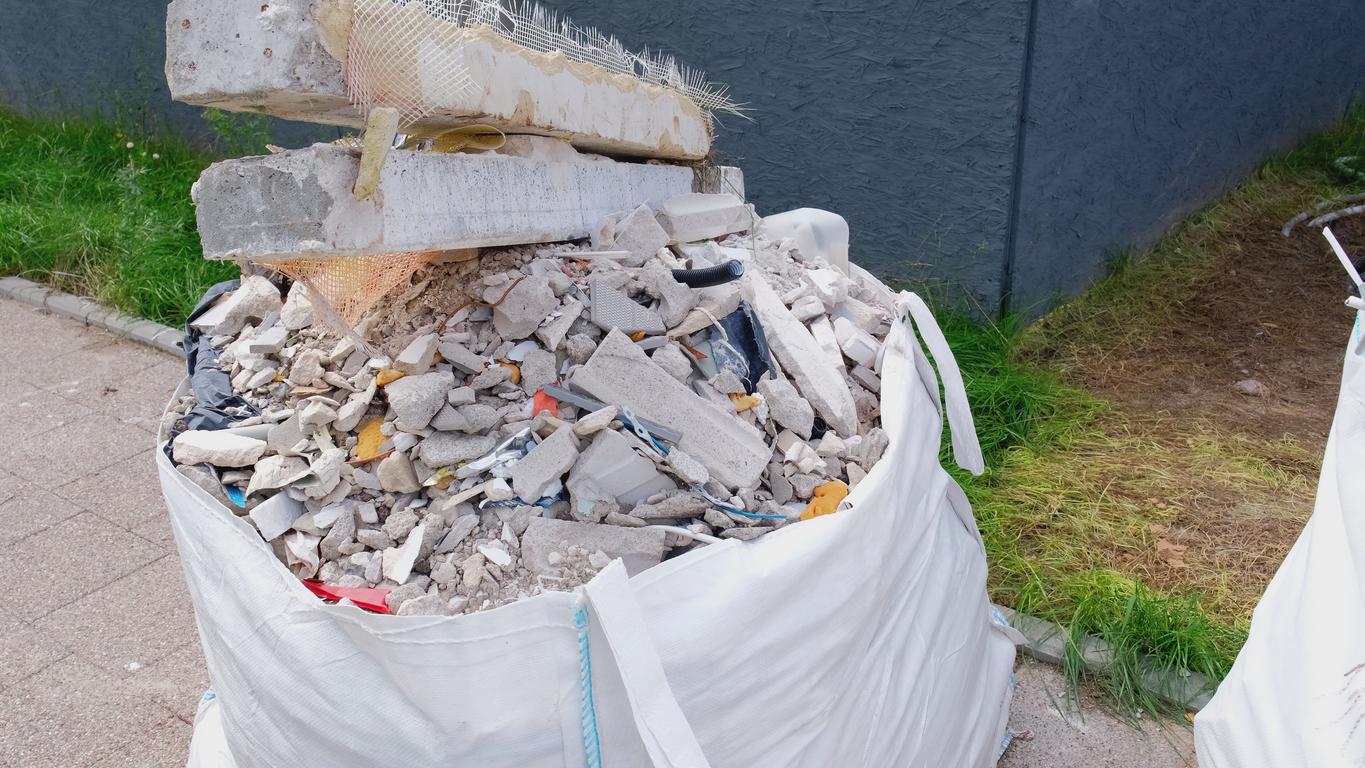
Trying to remove hazardous materials on your own is a bad idea. For example, contractors who deal with lead paint in their renovations have to take specialized training to learn how to do it safely without leaving chips. In many cases, it’s far safer to encapsulate the lead rather than attempt to remove it.
Asbestos abatement can be even more dangerous. Commonly used to insulate older homes, asbestos can be deadly if it is inhaled, which is why it is crucial to call a professional to remove it. There are also laws that govern proper disposal of the toxic material. A specialist will know how to get rid of asbestos properly without causing harm to people or the environment.
3. Gas Line Repair

Natural gas is clear, odorless (unless it’s been injected with odorants, which is now typical), and one of the deadliest elements used in your home. DIYers should generally steer clear of gas lines, but very experienced and careful DIYers can hedge their bets a bit if they only do work after a gas shut-off valve, such as hooking up a stove or dryer.
Also, improperly installed or leaking gas lines can lead to carbon monoxide poisoning, which can kill you in your sleep or even cause an explosion. Stay safe by regularly testing your home’s carbon monoxide detector, and at the first sign of a leak, call the gas company or dial 911 immediately.
RELATED: How to Turn Off the Gas to Your House
2. Knocking Down Walls
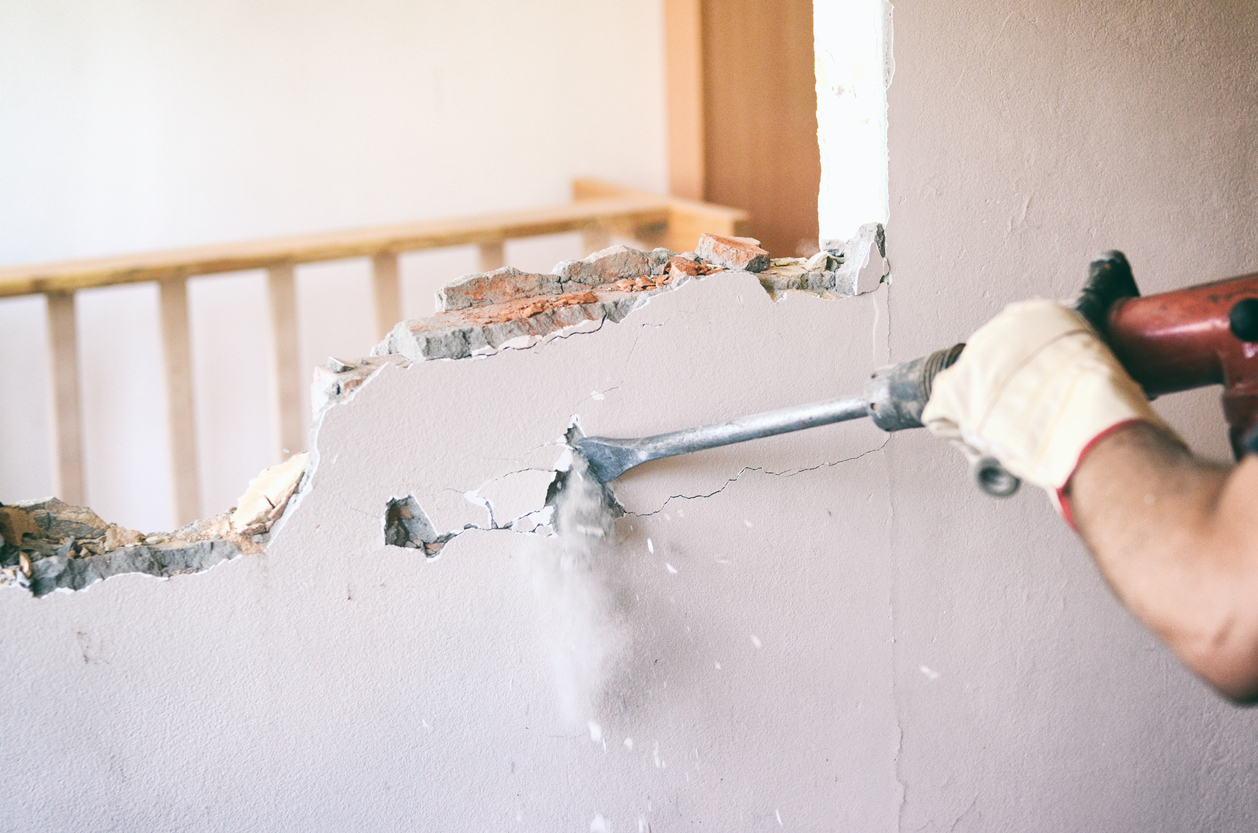
Sure, swinging a sledgehammer looks like a ton of fun, and is pretty good stress relief. However, before you get ready to knock down an interior wall, it is crucial to make sure it is not load-bearing. If you tear down a load-bearing wall without the proper support, your home may become structurally unsound and could even collapse.
Even if a structural wall is removed successfully, a temporary header and support must be installed first. And then the permanent one in its place has to be up to carrying the heavy load. Always consult with a professional, such as an architect or engineer, to determine which walls you can remove yourself and what sized members need to replace them. When in doubt, hire a pro to do the work for you. Your family’s safety is more important.
1. Large Tree Work
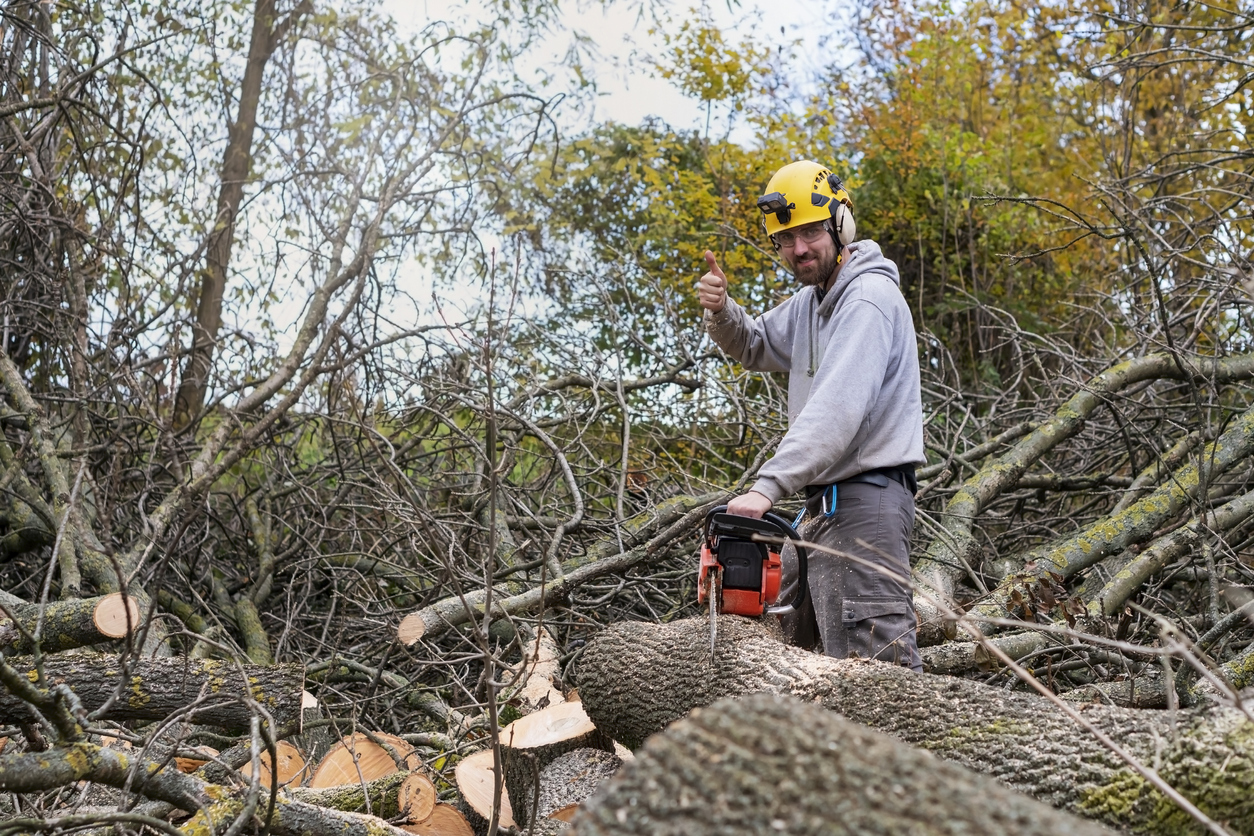
Decaying trees can be a serious hazard, but it’s dangerous to prune or remove them yourself. First of all, you could fall out of a tall tree. Second, if you don’t trim branches the correct and safest way, they may fall and harm people passing below. Finally, if you’re not sure what you’re doing, you could fell a tree in the wrong direction and drop it right onto your (or your neighbor’s) house.
Trees are full of hidden dangers. Few of the most common include the following.
- Limbs that hang above the tree cutter (appropriately called “widow makers”) can become dislodged and fall at any second.
- When a fallen tree rests on another, it can be hard to determine how the two will react to felling, making escaping even more dangerous and less certain.
- Rotten limbs may look structurally sound from the outside, but within, they may snap with any substantial weight applied.
If you’re contemplating tree removal or pruning on a large tree, call a pro.

